This review is taken from PN Review 78, Volume 17 Number 4, March - April 1991.
on Brendan Kennelly
Brendan Kennelly, A Time for Voices: Selected Poems 1960-1990
As I was reading these Selected Poems I had also picked up Alfred Watkins's classic on ley lines, The Old Straight Track (1925; rpr. 1974, Abacus/Sphere Books). This conjunction suggested a link between poetry and geography.
I had always believed that ley lines composed a kind of mystical grid of latitudes and longitudes whose existence was known only to the initiate. The idea that such a sacred symmetry existed made me twitch.
Watkins's less supernatural view was that leys are alignments between topographical features. These sightings and alignments give a set of bearings, realized in tracks, which run over a set of mark-points (often, standing stones). These tracks are leys. Some leys are distinctly visible. Others are long buried; their existence can only be inferred from stone and well, tump and toot (Welsh twt, 'mound'), or from place-names and their elements.
Yet the empirical suggests the magical. Natural rock structures 'used for early ritual or ceremony became initial points from which leys were started' (Watkins, p. 58), as did rocking stones, sacred wells, and cairns. Many churches are built on mark-points. Moots, and things, and darker gatherings, were held on hilltops where leys crossed. Leys therefore had, and perhaps still have, a supernatural significance.
Watkins's theory details something largely invisible and forgotten, buried in the landscape, sensible and powerful. Looked at this way, a landscape is disciplined by sources, aiming-points, and intersections. It is full of potential.
It is ...
The page you have requested is restricted to subscribers only. Please enter your username and password and click on 'Continue':
If you have forgotten your username and password, please enter the email address you used when you joined. Your login details will then be emailed to the address specified.
If you are not a subscriber and would like to enjoy the 292 issues containing over 11,700 poems, articles, reports, interviews and reviews,
why not subscribe to the website today?
